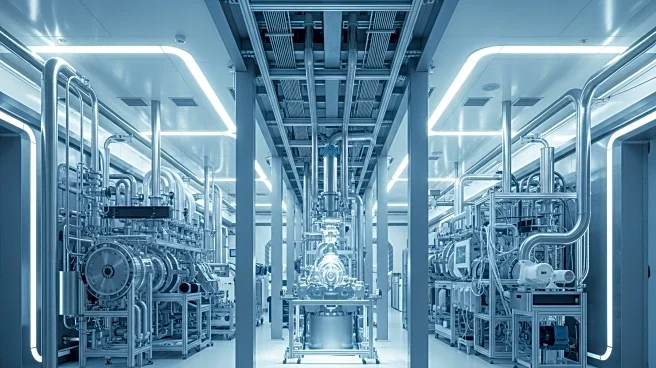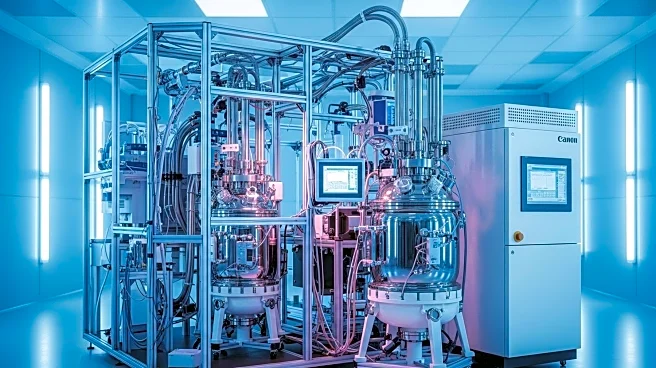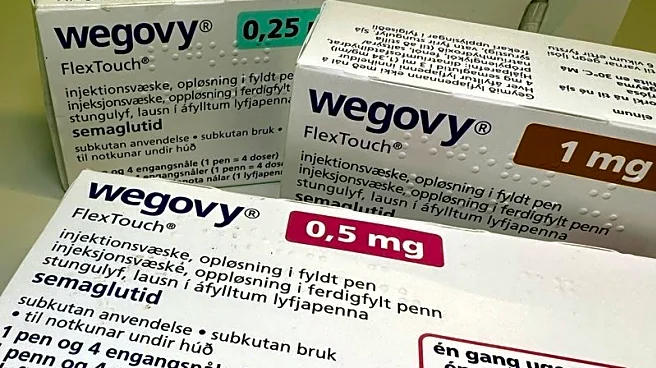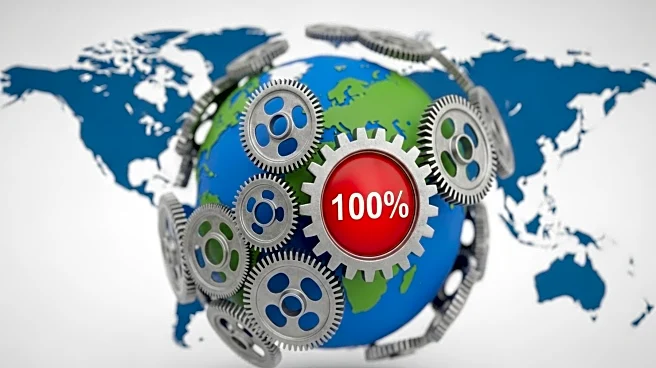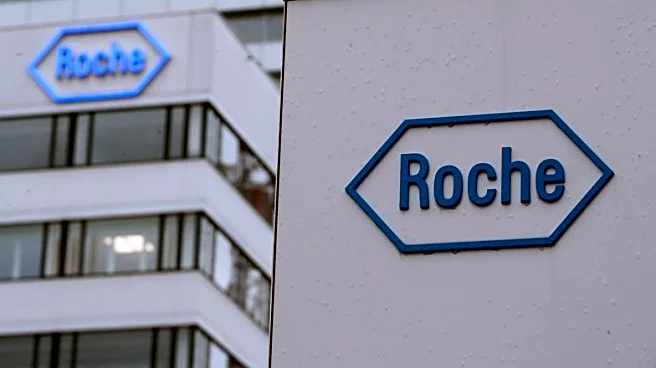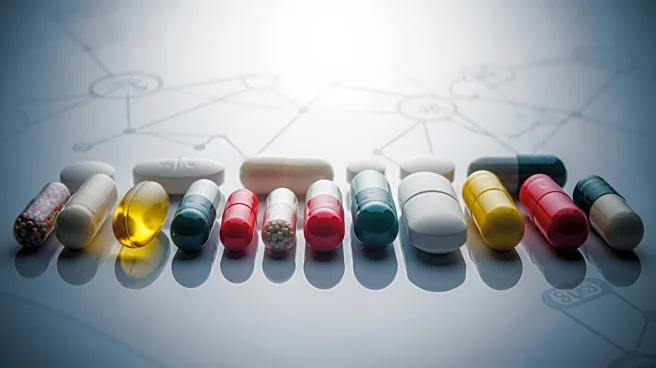What is the story about?
What's Happening?
Siegfried has inaugurated a new cGMP manufacturing facility through its subsidiary, Dinamiqs, in Zurich's Bio-Technopark. This facility is designed to enhance the production capabilities for viral vectors used in cell and gene therapy. The facility spans 2,500 square meters and integrates research, development, and commercial manufacturing processes under one roof, with a production capacity of up to 1,000 liters. The facility features modular, segregated design and state-of-the-art closed, single-use technologies, ensuring strict containment and fast turnaround times. Dinamiqs aims to address scalability challenges in process development and manufacturing, offering comprehensive services from lead optimization to clinical and commercial supply. In conjunction with the facility's opening, Dinamiqs announced a strategic collaboration with Seal Therapeutics to develop a gene therapy for LAMA2-related muscular dystrophy, a severe childhood-onset disease.
Why It's Important?
The opening of this facility is significant for the cell and gene therapy industry, as it addresses critical scalability issues in manufacturing processes. By providing integrated services from research to commercial supply, Dinamiqs can streamline the development of gene therapies, potentially reducing time and costs for developers. This advancement is crucial for accelerating the availability of innovative treatments for diseases like LAMA2-related muscular dystrophy, which currently lack effective therapies. The collaboration with Seal Therapeutics highlights the facility's role in supporting cutting-edge research and development, potentially leading to breakthroughs in treating genetic disorders.
What's Next?
Dinamiqs and Seal Therapeutics will work together to scale up the production of Seal's innovative gene therapy, moving it from laboratory research to potential clinical application. This collaboration may pave the way for further partnerships and developments in the gene therapy sector. As demand for cell and gene therapies grows, the facility's capabilities could attract more biotech companies seeking efficient and reliable manufacturing solutions. The success of this initiative could influence other companies to invest in similar facilities, further advancing the field of gene therapy.
Beyond the Headlines
The establishment of this facility may have broader implications for the biotech industry, particularly in Switzerland, which is known for its strong pharmaceutical and biotech sectors. It could enhance Switzerland's position as a hub for gene therapy research and development, attracting international collaborations and investments. Additionally, the focus on scalable manufacturing solutions may drive innovation in production technologies, potentially leading to more cost-effective and accessible therapies for patients worldwide.
AI Generated Content
Do you find this article useful?
